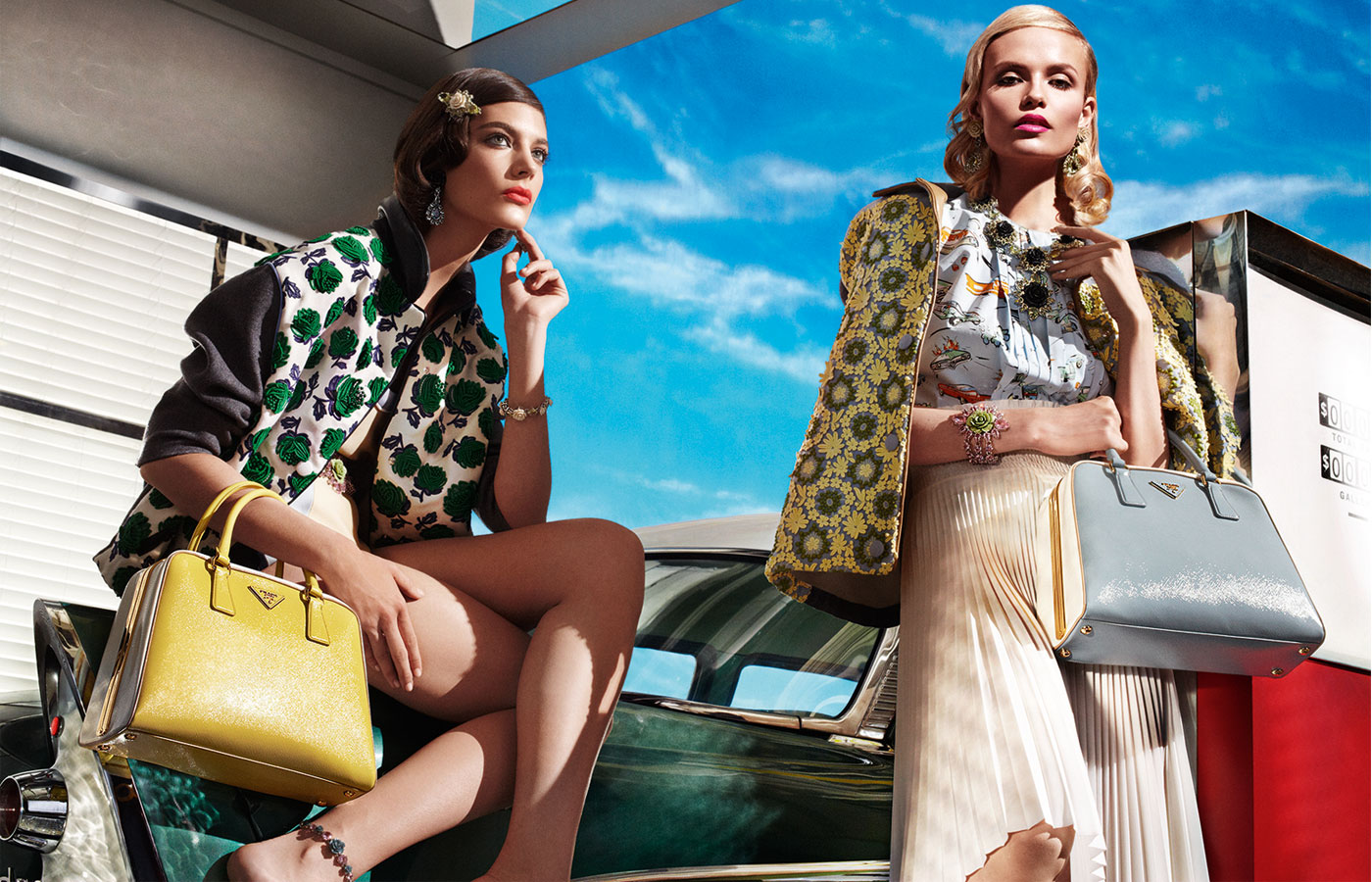Philip Guarino of China Luxury Advisors considers the greater implications of luxury brands cutting their prices in China

Philip Guarino of China Luxury Advisors considers the greater implications of luxury brands cutting their prices in China
Philip Guarino of China Luxury Advisors considers the greater implications of luxury brands cutting their prices in China.
Chanel’s announcement in March that it would increase prices in Europe by 20% and drop them a similar amount in China raised eyebrows in the luxury industry and set off speculation that many other brands may follow suit.
Ostensibly, Chanel’s move was designed to “align” prices in anticipation of an international e-commerce push as well as discourage China’s “daigou” or overseas shoppers, who purchase abroad and resell in China. The decision followed a sharp depreciation in the Euro since mid-2014, which accelerated significantly in the month of March.
Since then, what has been the fallout in the luxury industry? And from the consumer perspective, has this move been beneficial for Chanel? What other dynamics should we be considering?
“ Chanel’s move was designed to “align” prices in anticipation of an international e-commerce push ”
Some brands quickly made similar pricing adjustments, following Chanel’s lead. Prada, for example, lowered pricing in China but decided to keep Europe pricing unchanged given weak domestic demand there. Burberry hinted at an imminent change similar to Chanel’s, stating that it was keeping a close watch on exchange rate variations.
Most, however, have been more cautious. Kering has taken a “wait and see” approach while LVMH has categorically stated that unified exchange rates (consistent pricing across markets) was not a strategy that they espoused, as it does not allow flexibility for luxury brands.
Unquestionably, a weaker Euro caused the already sizable price differential between Europe and China to soar even higher. Goods in some cases were 60% more expensive in China than they were in Europe. That differential still exists, albeit to a lesser degree, between China and other markets.
“ A weaker Euro has caused the sizeable price differential between Europe & China to soar ”
Japan and South Korea in particular — two of the most important destinations for Chinese tourists — are choice destinations for luxury shoppers. And the US, with prices being on average 30% higher than Europe, still remains an attractive place for Chinese travellers (and resellers) to purchase luxury goods.
Since March, some economic factors have shifted, favouring those firms who have taken a “wait and see” approach. Most importantly, market weakness in the US has led the Federal Reserve to postpone increasing lending rates. This has led to a rapid and significant downward for the US Dollar.
Reaching a high of 1.04 in March, the Dollar has now lost almost 9% against the Euro, pricing currently at 1.14. Where the Dollar will settle is uncertain, although the Euro is not expected to strengthen significantly given the current expansionary monetary policy of the ECB. Nonetheless, the correction has been significant in a very short time.

Prada has lowered pricing in China
Yet with respect to China, there is another side of the equation that many firms have underestimated: the Renminbi (RMB). The assumption that China’s currency will remain resolutely stable is one that has recently been questioned.
China still has immense assets at its disposal, but with a housing bubble, a slowing economy, and whispers of increasing capital flight, absolute stability of its currency cannot be guaranteed. A devaluation of the RMB could be tremendously negative for luxury firms, particularly those that that are already overextended in China. Stay tuned.
Currencies aside, another key development – which may potentially change the dynamics for many luxury brands — was the recent crackdown by China’s State Council on grey market imports. The Council recently ordered more transparent and consistent tax collection while increasing seizures of counterfeit products.
At the same time, the Council has requested a reduction in import duties by July in order to stimulate local demand (which has been weak). Which products and how much of a reduction will apply has not yet been announced.
“ A devaluation of the RMB could be tremendously negative for luxury firms ”
But the bigger question is whether a reduction in price in China would release the genie in the bottle, stimulating local demand and delivering better performance from Chinese business units. It’s unlikely that this alone will change the behaviour of the Chinese consumer, and their penchant for buying luxury abroad.
Price is just one factor among many that drive purchasing decisions. Service, trust, experience, and perceived prestige also drive Chinese consumers to want to purchase overseas at brands’ countries of origin.
Even with a 20% price hike in Europe or a 20% decrease in China, multiple factors still make it more attractive for Chinese consumers to purchase overseas. And it is possible that it might backfire, eroding the perceived value of a brand.
“ Multiple factors still make it more attractive for Chinese consumers to purchase overseas ”
There is some indication that this may be the case after Chanel’s price adjustment. In May of 2015, China Luxury Advisors conducted a sentiment analysis across Chinese social media platforms to measure and observe the reaction of Chinese consumers to Chanel’s announcement. Discussion was lively, and a hashtag appeared on Weibo equivalent to #Chanelpricedecrease.
While about 40% of consumers spoke positively of the price decrease, close to 60% had a negative reaction to the decrease. Some welcomed the decision stating that they intended to buy quickly, but more consumers bemoaned the fact that (Chanel) “shouldn’t forget LV” or asked, “Where’s the exclusivity?" Others worried that “lower prices will leave us overseas buyers with less profit."
How international economic dynamics and Chinese policy shifts evolve in the short to medium term will have a significant impact on the luxury industry. Currencies are notoriously prone to volatility, so basing strategy on currency fluctuations can prove to be risky at best.
In summary, those brands which chose to “wait and see” are probably in the best position to be resilient.
To further investigate the Chinese luxury consumer on Luxury Society, we invite your to explore the related materials as follows:
– Targeting the Travelling Chinese Luxury Consumer
– China Clamps Down On Grey Market Tourism
– Can Spain Compete With France For Chinese Tourists?










